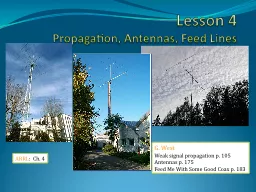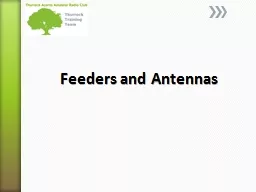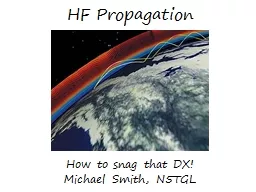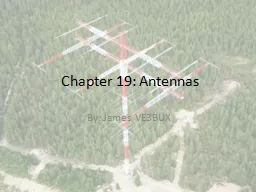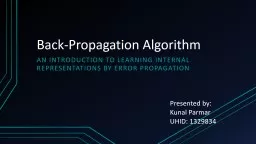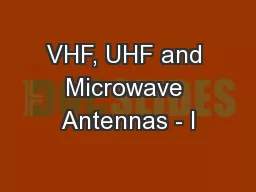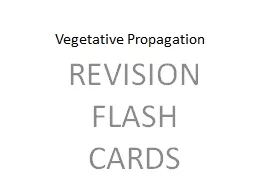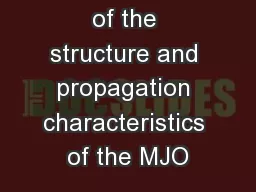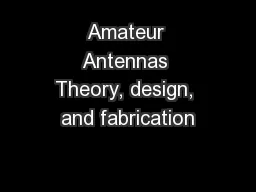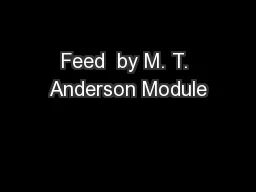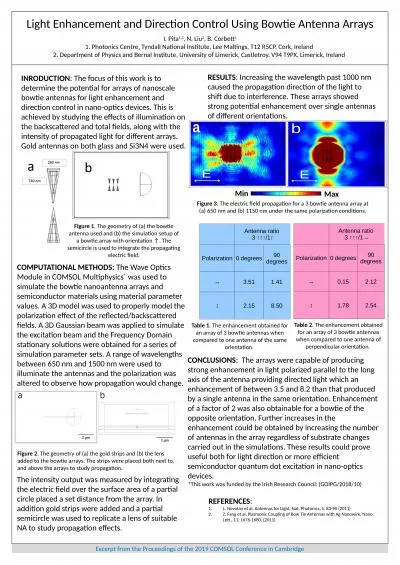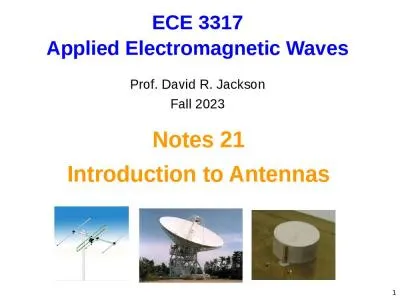PPT-Lesson 4 Propagation, Antennas, Feed Lines
Author : tatiana-dople | Published Date : 2018-03-10
ARRL Ch 4 G West Weak signal propagation p 105 Antennas p 175 Feed Me With Some Good Coax p 183 The Sky Above Ionosphere Weather 30 mi 260 mi ISS 414 mi Learn
Presentation Embed Code
Download Presentation
Download Presentation The PPT/PDF document "Lesson 4 Propagation, Antennas, Feed Lin..." is the property of its rightful owner. Permission is granted to download and print the materials on this website for personal, non-commercial use only, and to display it on your personal computer provided you do not modify the materials and that you retain all copyright notices contained in the materials. By downloading content from our website, you accept the terms of this agreement.
Lesson 4 Propagation, Antennas, Feed Lines: Transcript
Download Rules Of Document
"Lesson 4 Propagation, Antennas, Feed Lines"The content belongs to its owner. You may download and print it for personal use, without modification, and keep all copyright notices. By downloading, you agree to these terms.
Related Documents

